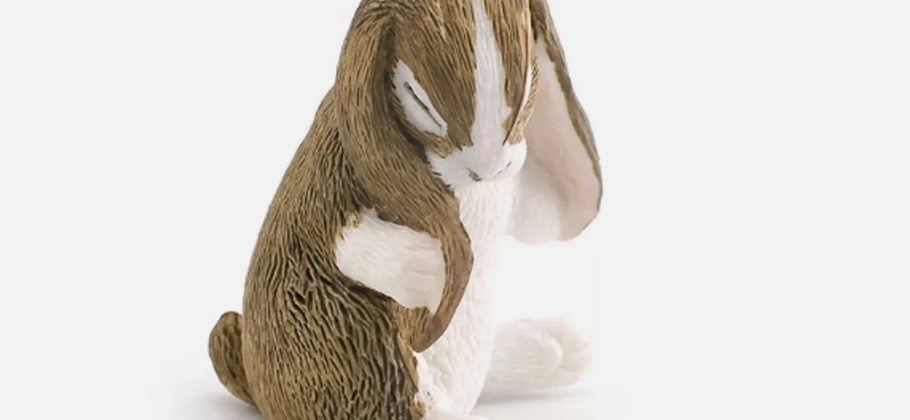The rabbit model is a classical mathematical model that is often used to describe population dynamics and the balance of ecosystems. This model was first proposed by a biologist to study how rabbits would reproduce in ideal conditions. The basic assumption is that the reproduction and death of rabbits are limited by environmental resources, and the growth of the population follows certain laws.
In the rabbit model, population growth is usually described by a series of equations. It is assumed that each rabbit can produce a certain number of offspring during its lifetime, and that these offspring can also begin to reproduce after a certain time. The rabbit population may increase rapidly over time, with this exponential growth characteristic particularly evident in the early stages. The model also takes into account environmental carrying capacity, which is the maximum number of populations that the environment can support. Beyond that, competition for resources intensifies and mortality increases, causing population growth to plateau.
The basic form of the rabbit model can be boiled down to a simple differential equation that describes the rate at which the population size changes over time. By analyzing this equation,different stages of population growth and possible population fluctuations can be obtained. In practical applications, the model can also introduce more factors, such as predators, diseases, fluctuations in food resources,etc.,making the model more close to the real ecological environment.
It is worth noting that the rabbit model is mathematically very scalable. Researchers can model more complex ecosystems by modifying the formula and introducing new variables. For example,add in the effects of competing species, or consider the effects of environmental changes on populations. This makes the model not only widely used in biology,but also has important significance in ecology,economics and other fields.




